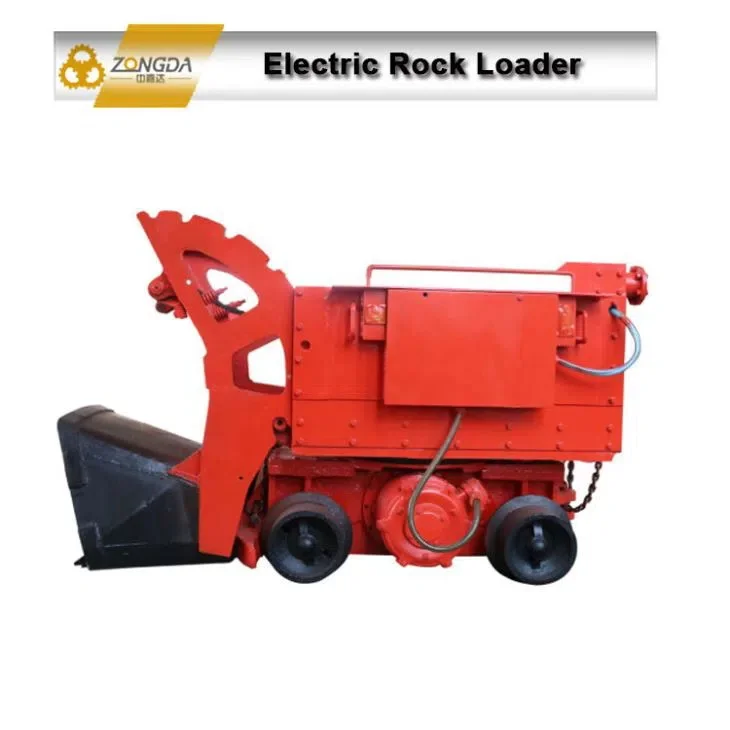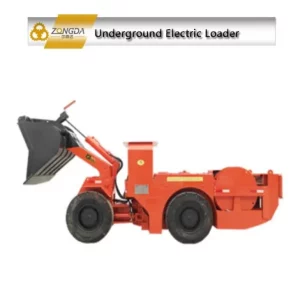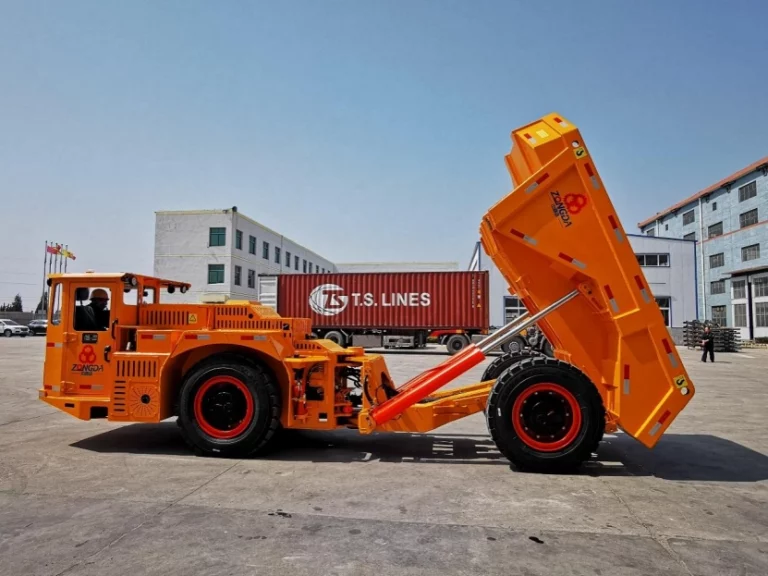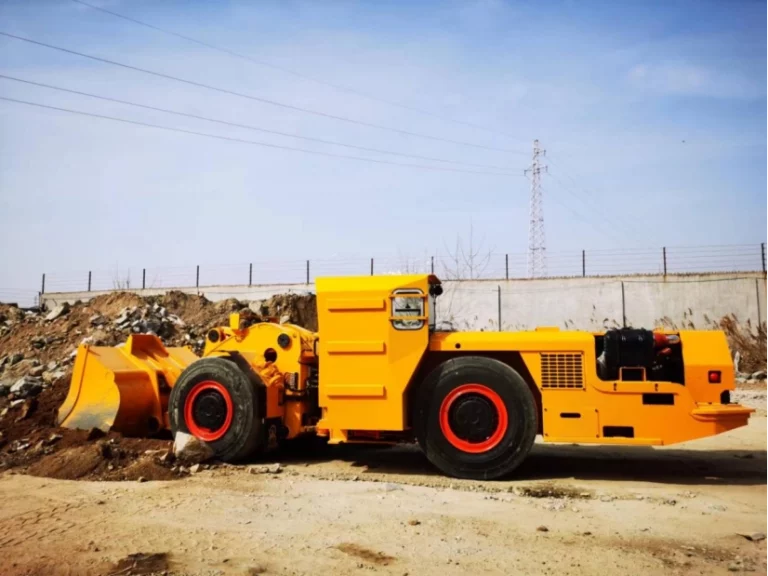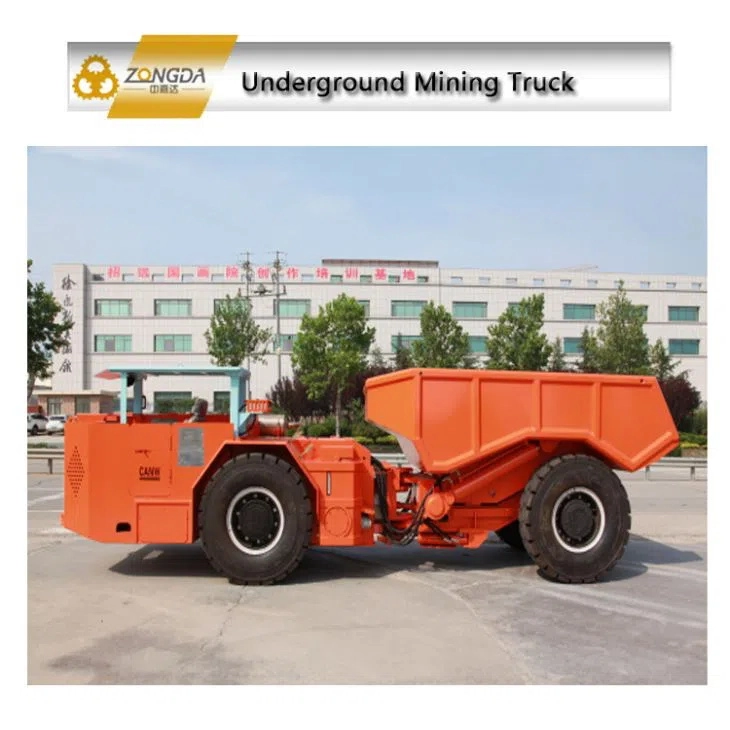Electric loaders are revolutionizing industries across the globe, from mining to construction. With the world requiring increasingly efficient, cost-saving, and ecologically sound equipment, selecting the right electric loader for your plant can be daunting. Understanding the key elements, however—like specifications, performance factors, and working conditions—can guide you to the correct decision.
Why Choose an Electric Loader?
Electric loaders boast several advantages over their diesel counterparts, specifically in sustainability, energy efficiency, and reduced operational expenditures. The International Energy Agency validates that the electrification of transportation, construction, and mining machines is paramount in achieving the globe’s climate objectives. With governments and business leaders calling for carbon reductions, electric loaders present a greener alternative that reduces operational expenditures in fuel usage, maintenance, and emissions.
The trend of electrification is also aided by MarketsandMarkets’ market research reports that forecast the global electric vehicle market in construction equipment to register a compound annual growth rate (CAGR) of 18.5% from 2023 to 2028. The report identifies the growing prominence of electric machines, including electric loaders, in modern work environments.
Key Factors to Consider When Choosing the Best Electric Loader
In selecting an electric loader, there are certain major issues to be settled such as its level of performance, appropriateness of application, operational efficiency, and cost. The most important factors are the following:
1. Load Capacity and Efficiency
Load capacity would be one of the initial selections that must be decided upon while contemplating selecting an electric loader. The loader should be able to meet your project requirements in terms of handling heavy loads and performing operations like loading, hauling, and dumping. For instance, Zongda Machinery’s Electric Rock Loaders, like the ZLD-20 model, are designed for high-efficiency operation with a 30-40 m³/h loading capacity, which is perfect for smaller and confined areas like tunnels or sloping roads of less than 30° gradients.
For bigger operations, particularly underground mining, you may require a bigger model with a greater rated payload. Zongda’s Underground Electric Loaders such as the LHD model 1m³ rated bucket capacity and 2T rated payload are suitable for small and medium-sized mines.
2. Power and Battery Life
Power source and battery life are the most important considerations when choosing an electric loader. A good battery system guarantees that your loader will be operational for long hours nonstop, which is needed for big or time-sensitive projects. Choose loaders with good electric motors and efficient power systems offering long working hours.
3. Operating Environment and Terrain Suitability
Remember the character and particular terrain of your working area when choosing an electric loader. Electric loaders find their use in varied applications, ranging from building construction to underground mining, but terrain and space constraints are very important considerations in performance.
For example, Zongda’s Electric Rock Loaders are best suited for narrow lanes or sloping ground due to their compact and multi-purpose design. With a minimum of just 200mm clearance and a maximum gradeability of 20°, they are best suited for extreme mining and construction environments.
For below-ground mining where there is minimal space, Underground Electric Loaders from Zongda also feature stepless speed regulation for simple maneuvering within tight spaces. Compact in nature (6090x1340x2000 mm) with the smallest turning radius of 2540mm (inner), they are ideally suited for operation in narrow tunnels and tight spaces.
4. Safety Features and Ease of Use
Safety must always be the first priority in the selection of any mining or construction machine, and electric loaders are no different. Select those with enhanced safety features like automatic cable retraction, graduated braking systems, and easy controls.
5. Maintenance Requirements and Durability
Maintenance cost can go a long way in ascertaining your loader’s future value. Electric loaders are considerably less demanding to maintain than conventionally diesel-fueled loaders with fewer parts, less wear and tear, and no fuel system maintenance.
Zongda’s focus on quality is reflected in the high performance and long life of their products, which are subjected to stringent quality checks at every stage of production to guarantee durability over time.
6. Cost Factor and Return on Investment
In spite of electric loaders costing more to buy than traditional machines, they provide a worthwhile investment return in the long run. Fuel efficiency, reduced maintenance costs, and increased efficiency can render electric loaders less costly in the long term.
Zongda offers customized solutions to businesses of any budget size. Their loaders, such as the ZLD-20 and LHD series, are designed to deliver maximum value at low operating costs, making them ideal for small or large operations.
Best Electric Loaders for Your Work Site
And for the most suitable electric loader, Zongda Machinery boasts several models whose specs are built to serve the particular needs of various industries. Its Electric Rock Loaders are perfectly suited for small- to medium-sized construction and mine activities, and its Underground Electric Loaders for mines where mobility and power are the top priorities.
If you require a robust, reliable, and eco-friendly electric loader, Zongda’s ZLD-20 Electric Rock Loader or LHD Underground Electric Loader will be an excellent addition to your construction company. They offer increased performance, operator comfort, and energy efficiency for optimum return on investment while fostering environmental sustainability initiatives.
Conclusion
Picking the best-suited electric loader for your facility requirements requires an in-depth analysis of some of the following factors like load bearing, power, terrain, safety features, and cost. From a close observation of these key factors, you will be in a position to make sure that your equipment achieves maximum performance in addition to being affordable and environmental-friendly.

